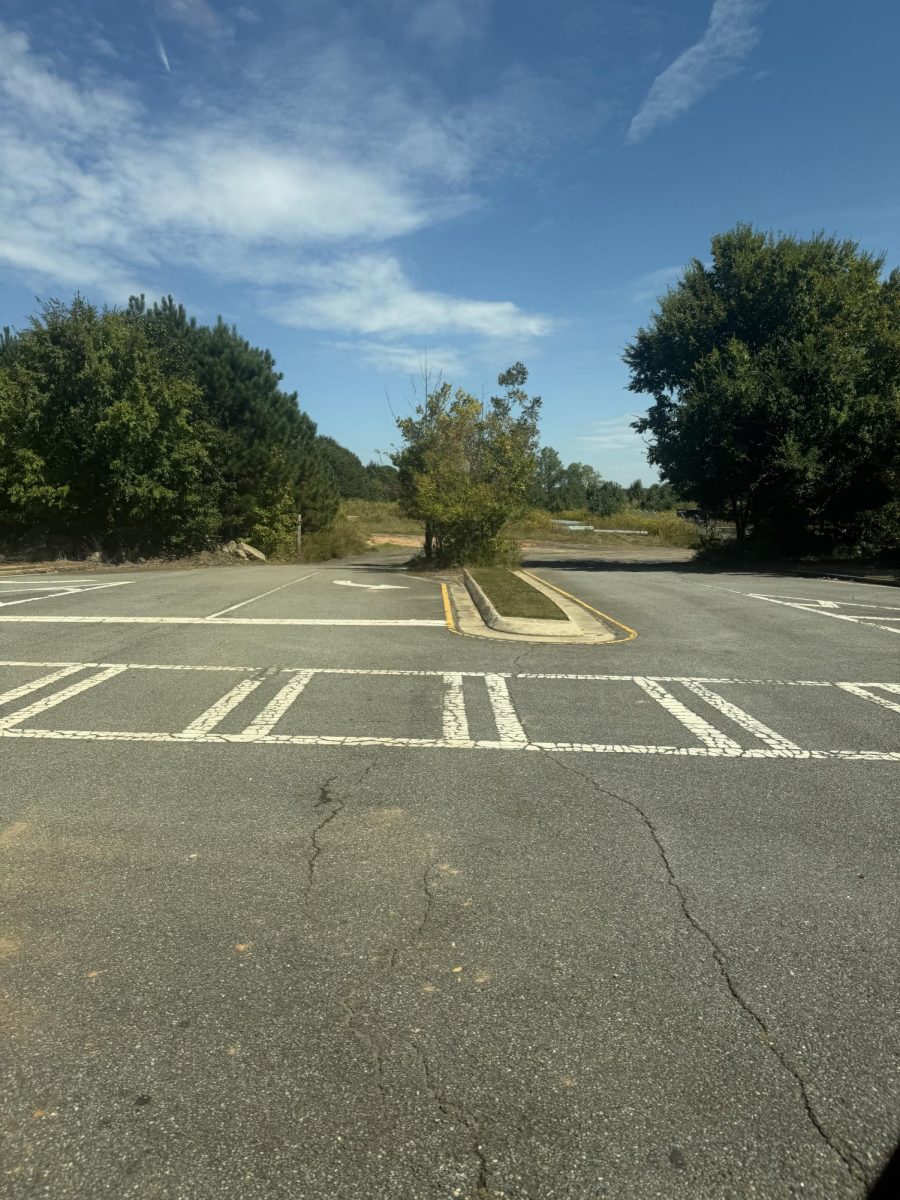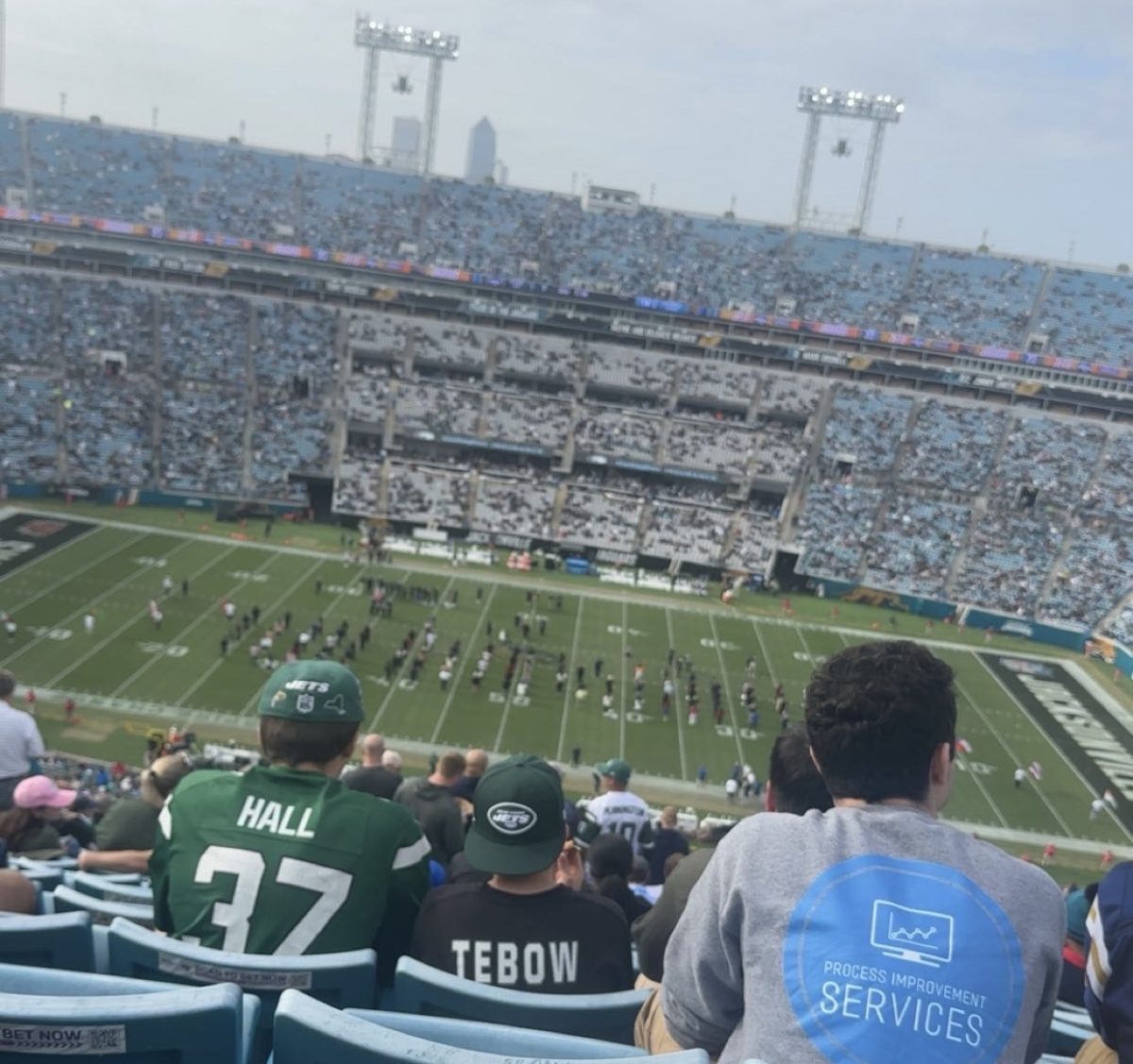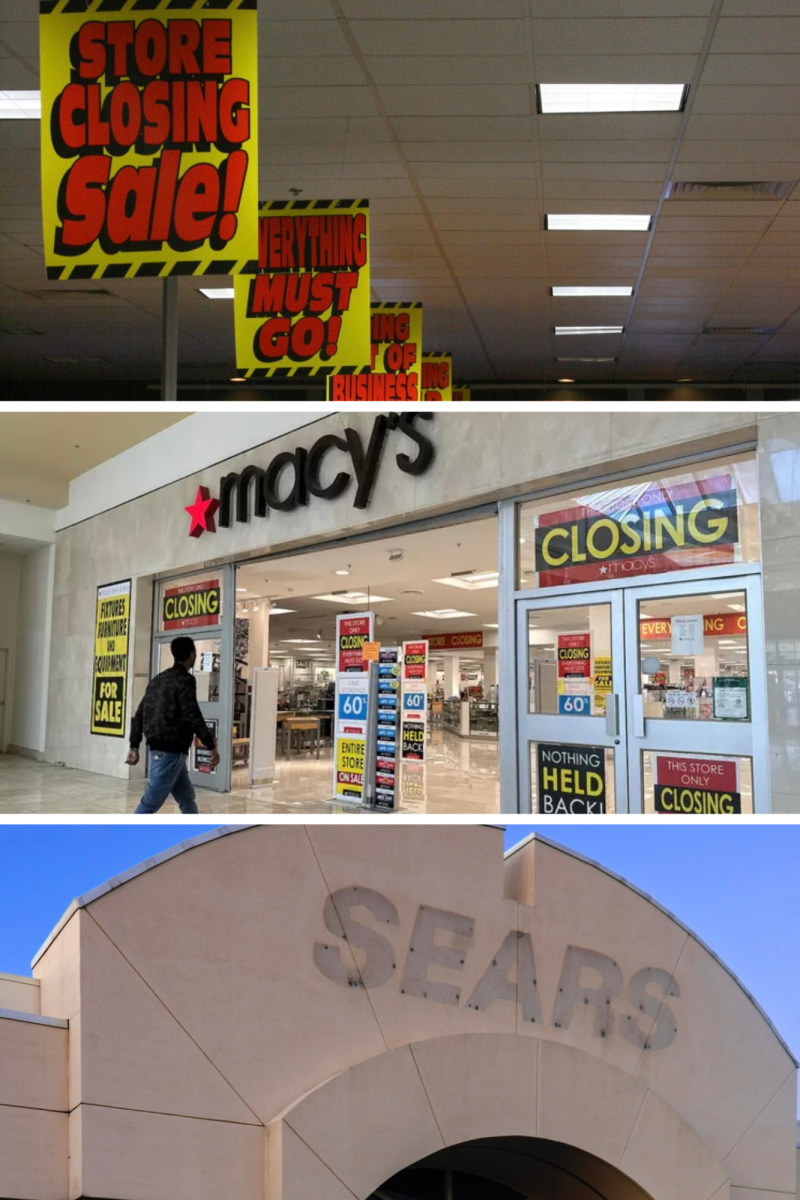In recent years, retailing has undergone a significant shift as chain stores close their doors in preference to more accessible online alternatives. This developing pattern, accelerated by the COVID-19 pandemic, has changed how consumers’ preferred shopping methods.
One example of this shift in retail is Walgreens, a store that is known for being “At the Corner of Happy and Healthy,” with thousands of locations across the country. In response to the change in industry, Walgreens announced plans to close about 1,200 stores over a three year period, with about 450 stores set to close by the end of 2025. The company is aiming to enhance their online presence by offering services such as same day delivery and curbside pickup through their website or the store app. This reflects the fact that consumers increasingly prefer the convenience of shopping online.
“People have no reason to go to department stores anymore because they can buy these things online in the comfort of their own home. These department stores are too stuck in the past and too many brick stores equals real estate which equals more cost.” – Dr. Mohan Menon, Department Head of Management and Marketing at the University of North Georgia
The decline of physical shopping is not limited to pharmacies. Other commercial stores such as Macy’s, JCPenney, Sears, Nordstrom, Foot Locker and Office Depot are making the move as well. Recently, Macy’s announced its plan to close 150 locations by 2026.
The CEO of Macy’s, Tony Spring, recognized the need for a change at Shoptalk 2024, saying, “We have too many stores built for a different era.” This underlines the strategy that department stores are working on adapting to current consumers preferences to expand their web shopping potential.
While several factors contribute to the changes in retail, the prominent difference is the rise of e-commerce businesses like Amazon, which set new standards for convenience and customer care. People have become accustomed to the ease of shopping online, where buyers can search key words and find an extensive collection of products, be able to see the reviews for a certain thing and have items delivered directly to their doorstep.
This caused a modification in customer habits that left many traditional retailers struggling to stay up to date. Dr. Menon pointed out that, “More recently, inflation has been a factor too. Walmart, Target and Amazon all have lower priced private or store brands. Macy’s and Nordstrom may have it too, but no one knows about them.”
As these traditional department stores battle with the challenges of modern-day online shopping, Amazon development strategies represent a standard for success in an increasingly competitive and new market.
























